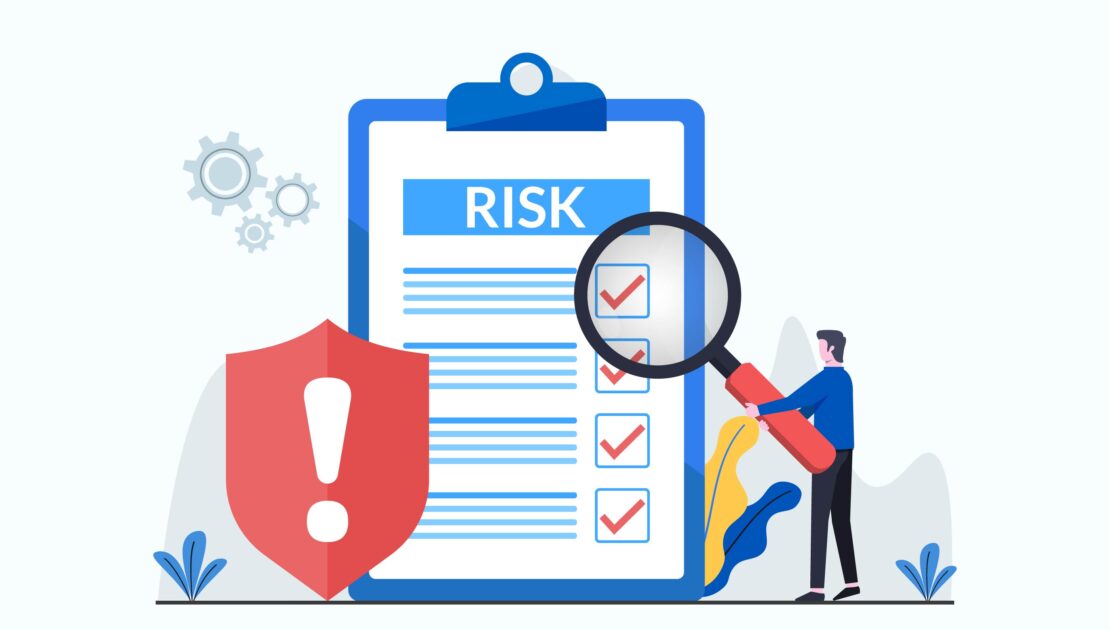Economic Factors Will Dictate Risk Trends for 2023

While there are varying measurements of what qualifies as a recession, the consensus is that rising interest rates and high inflation will continue to put the financial squeeze on Americans in the new year. In these economic conditions, it’s likely insurance companies will see an uptick in claims related to inflation and the heightened cost of living. In risk control, we’re planning to focus our efforts on risks related to the financial impact of a challenging economic climate.
In the coming year, I expect we’ll see an increase in fraud and opportunistic crimes as people become more financially desperate and criminals capitalize on that desperation. People faced with a bleak financial outlook are not only more likely to turn to committing crimes for financial gain but are also more likely to fall victim to scams that promise fast, easy cash.
Cybercrime: Something old, something new
Cybercriminals are mixing new tactics with the tried-and-true to reel in victims online, including scams that involve cryptocurrency and social media.
Social media has long been a favorite hunting ground for criminals. Today’s social media scams take many forms, but typically involve being contacted by someone who isn’t who they appear to be. We try to educate our customers to be suspicious of unexpected communication and to make sure they know whom they’re really interacting with online. Keeping accounts as private as possible and not oversharing on social media go a long way to staying safe online — the more a criminal knows about you, the easier of a target you become.
Cybercriminals are constantly coming up with new ways to steal assets and information. They are always getting better at tricking people into disclosing sensitive information. In any business, human beings are the greatest vulnerability. Training employees to spot potential scams is the best line of defense against a data breach. Some of the biggest data breaches we’ve seen worldwide were aided by a successful phishing attempt.
Not surprisingly, with the rise in popularity of cryptocurrency has come an increase in scams that involve cryptocurrency. According to a Federal Trade Commission report, people have reported losing more than $1 billion in crypto since the start of 2021. People chasing the easy dollar are getting caught up in fraudulent blockchain pyramid or Ponzi schemes, proving that even in the digital age, this old adage still holds true: If it seems too good to be true, it probably is. Only scammers will promise big returns on crypto investments.
Property crimes on the rise
Looking at 2022 crime trends from the Council on Criminal Justice, homicides and gun assaults have gone down, but property crimes are up. Residential burglaries (+6%), nonresidential burglaries (+8%), larcenies (+20%) and motor vehicle thefts (+15%) all increased in the first half of 2022 compared to the first six months of 2021. In our claims data, we are continuing to see a rise in opportunistic burglaries from buildings and cars. I expect this trend to maintain or accelerate in the projected economic climate of 2023.
Thefts of catalytic converters from vehicles rose sharply with the pandemic. We’ve seen those thefts stabilize in recent months, but as long as the materials in catalytic converters are valuable, people will continue to steal them. Safeguards to deter catalytic converter theft include keeping vehicles locked and parked in a secured, well-lit area when not in use; parking close to building entrances; considering the use of security surveillance cameras in the area where vehicles are parked; adjusting or calibrating the sensitivity of your vehicle’s alarm so that vibration will activate the alarm; and having the vehicle identification number (VIN) engraved on the catalytic converter. Catalytic converter-specific aftermarket devices such as straps, clamps, cages and alarms can also help deter theft.
With copper prices still high, thieves are targeting copper in every form and selling it to scrap yards for cash. The most popular items being targeted for their copper are outdoor air conditioning units. Buildings left unoccupied at night, as well as those located in rural areas, are considered easy targets. Also, these types of facilities tend to have large or multiple air conditioning units with a greater amount of copper than a single residential unit. Other sought-after items for copper scrap metal include wires, plumbing pipes and rain gutters. The high prices have made thieves bolder and more inventive than ever before. One scheme we’ve learned of involves thieves posing as construction or repair workers to gain access to copper components inside buildings.
Supply chain disruptions
Another issue to watch for is the ongoing impact of supply chain disruptions. This brings up the importance of risk management and business continuity planning to ensure supply chain disruptions don’t negatively impact businesses and organizations. Speaking of the supply chain, vendors and contractors often have access to your customers’ data and systems. It’s not just about whether a third party is trustworthy with sensitive information, it’s how diligent they are with their own security practices.
Having a comprehensive business continuity plan is essential to weather any storm. If we learned anything from the COVID-19 pandemic, it’s that every organization should be prepared for disruptions to their operations. In fact, nearly one in five businesses experience some type of disruption every year. There are numerous causes, including natural disasters, accidents, sabotage, power outages, environmental disasters and cyberattacks.
Research suggests 80% of businesses without a business continuity plan that experience a major incident never re-open or close within 18 months. However, with some planning and practice, this risk can be greatly reduced.
Economic projections paint a not-so-pretty picture for 2023. High inflation is expected to continue, along with rising interest rates and the lingering disruptions of the COVID-19 pandemic. The insurance industry can help protect customers and avoid some claims by focusing risk control efforts on the threats associated with this economic climate.
Source – PropertyCasualty360.com
